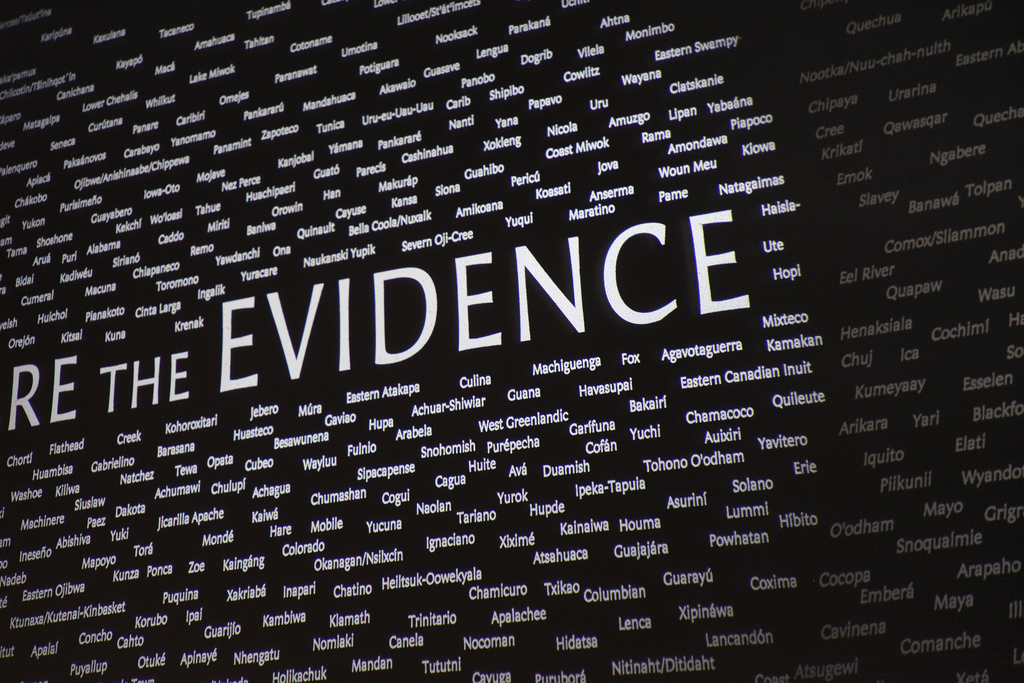By Andy Parsons, PT, DPT
The following article was written for Medbridge- an online, video based continuing education based company.
Over the last two months, you’ve treated Jean for weakness associated with MS and radiating low back pain. Today, she presents with a new issue. Over the weekend she fell twice, striking her head and neck against the wall. She now complains of neck pain.
Prior to the falls, she experienced diffuse chronic pain, including some neck pain. Currently, she has numbness down her right upper extremity as well. You note that she is rotating her neck approximately 60 degrees bilaterally but the motion is guarded. Her midline c-spine is tender to palpation.
What’s a clinician to do? Do you refer Jean to imaging due to the neck pain? She’s had numerous falls before and a history of chronic neck pain. Will you be wasting your physician colleague’s time and resources? Or, is this a potentially serious situation that requires imaging?
Using the Canadian C-Spine Rule
There is a well-studied clinical prediction rule (CPR) that can help you make this determination.1,2,3,4 The Canadian C-spine Rule helps you decide if imaging is needed in cases of neck trauma. The sensitivity of the Canadian C-spine Rule is reported between 95% and 100%.1,2 This means the CPR is almost 100% accurate in ruling out pathology if the rule is negative. That’s one powerful screening tool for your toolkit!
The rule is broken down into three sections. Jean must pass all three sections in order to defer imaging. Per the rule, Jean has paresthesias in the upper extremity that are worse since the fall, tenderness at mid c-spine, and possible dangerous mechanism; therefore, you would refer the patient for radiography of the c-spine.
Precautions for Implementation
The c-spine rule has gone through several steps of research validation, but it has been studied exclusively in the emergency department. Therefore, applying this rule in an outpatient setting may be considered outside of the rule’s validated use. Mindful application of this clinical prediction rule can still inform clinical decision making.
Expanding Your Toolkit
The Canadian C-spine Rule provides some additional insight and aids your clinical decision making. It’s quick, easy, and improves patient safety for radiography referrals.3,4 Add it to your references and use it when you get a case like Jean.
References
Stiell, Ian G., et al. “The Canadian C-spine rule for radiography in alert and stable trauma patients.” Jama 286.15 (2001): 1841-1848.
Stiell, Ian G., et al. “The Canadian C-spine rule versus the NEXUS low-risk criteria in patients with trauma.” New England Journal of Medicine 349.26 (2003): 2510-2518.
Bandiera, Glen, et al. “The Canadian C-spine rule performs better than unstructured physician judgment.” Annals of emergency medicine 42.3 (2003): 395-402. http://dx.doi.org/10.1016/S0196-0644(03)00422-0
Stiell, Ian G., et al. “Multicenter prospective validation of the Canadian C-Spine Rule.” Academic Emergency Medicine 9.5 (2002): 359.
** This information is not intended to replace the advice of a physician/ physical therapist. Andy Parsons, PT, DPT disclaims any liability for the decisions you make based on this information.












